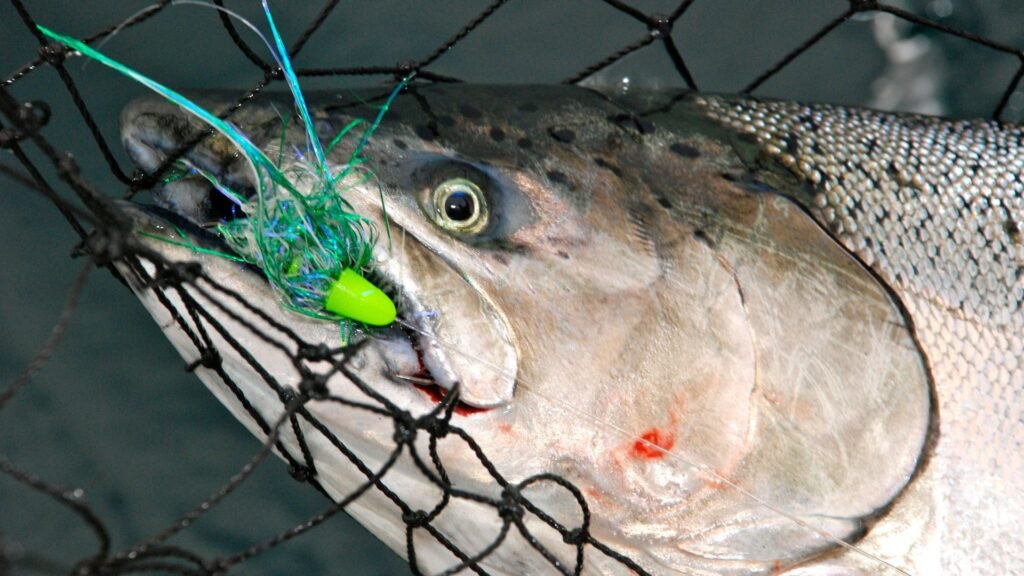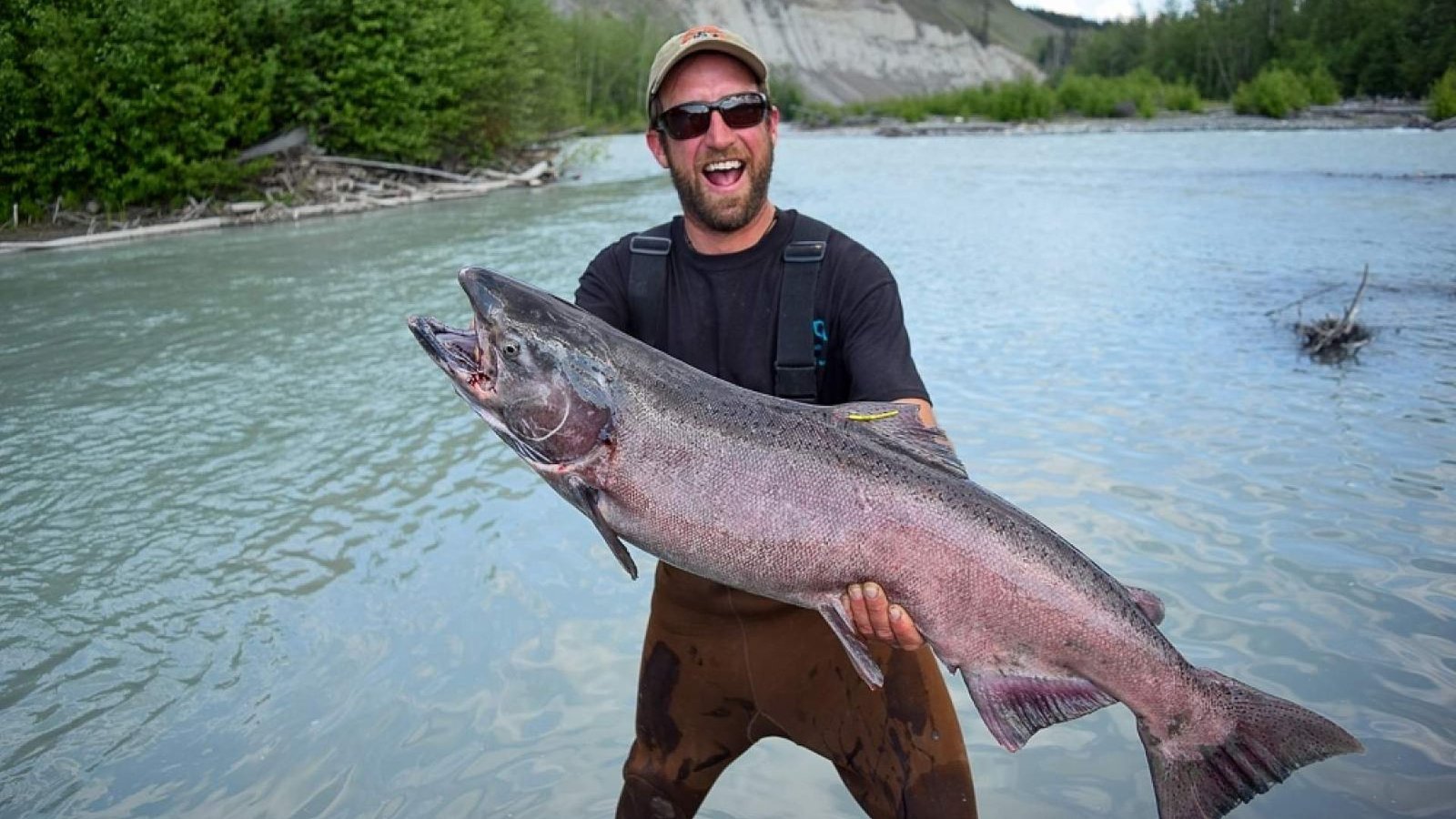Salmon fly fishing is not just about the gear; it’s about choosing the right fly patterns that can entice these elusive fish. Whether you’re casting in rivers, streams, or lakes, having the right fly can make all the difference between a successful day on the water and coming home empty-handed. Here are some essential tips to help you find and use the most productive salmon fly patterns effectively.

Tips for Finding the Most Productive Salmon Fly Patterns
Understanding Salmon Fly Patterns
Salmon flies are designed to mimic the insects and aquatic creatures that salmon feed on. They come in various shapes, sizes, and colors to match different stages of insect development and environmental conditions. Understanding the lifecycle of insects and other prey in the water is crucial for selecting the right fly pattern.
Research Local Patterns
Before heading out for a fishing trip, it’s beneficial to research the local fly patterns that have proven successful in the area you plan to fish. Local fly shops, fishing guides, and online forums can provide valuable insights into which patterns are currently working well. Pay attention to seasonal variations and changes in insect activity, as these can affect salmon feeding behavior.
Match the Hatch
One of the fundamental principles of fly fishing is to “match the hatch.” This means selecting a fly pattern that closely resembles the insects or other organisms that salmon are actively feeding on at that time. Observing the water’s surface for signs of insect activity, such as hatching or floating insects, can guide your choice of fly pattern.
Experiment with Sizes and Colors
Salmon can be selective about the size and color of their prey, so it’s essential to have a variety of fly sizes and colors in your tackle box. Start with patterns that match the prevalent insects in the area, and don’t hesitate to experiment with different sizes and colors if you’re not getting bites. Sometimes, a slight change in size or color can trigger a feeding response from cautious fish.
Consider Water Conditions
The clarity and speed of the water can influence the visibility and attractiveness of your fly pattern to salmon. In murky or fast-moving water, larger and brighter patterns may be more visible and enticing. In clear, slow-moving water, smaller and more natural-looking patterns might be more effective. Adjust your fly selection based on the specific conditions of the water you’re fishing in.
Talk to Local Anglers
Experienced local anglers often have insider knowledge about the most productive fly patterns for salmon in their area. Strike up conversations at local fishing spots, fly shops, or fishing clubs to learn about effective patterns and techniques. Sharing information with fellow anglers can enhance your understanding and improve your chances of success on the water.
Observe and Adapt
Pay close attention to how salmon react to your fly patterns. If one pattern isn’t producing results, be willing to switch to another. Sometimes, subtle changes in presentation, such as the speed of retrieve or the depth at which the fly is fished, can make a significant difference in attracting bites. Adapt your approach based on the fish’s behavior and environmental conditions.
Keep Your Fly Box Organized
A well-organized fly box is essential for quickly accessing different patterns and sizes as needed. Arrange your flies by type, size, and color to easily find the right one without wasting time on the water. Consider using fly boxes with multiple compartments or labeled sections to keep your patterns neatly organized and readily accessible.
Practice Casting Skills
Even the most effective fly pattern won’t catch fish if your casting technique isn’t accurate and precise. Regular practice can improve your casting skills, allowing you to deliver your fly accurately to where the fish are feeding. Focus on achieving a smooth and controlled cast to maximize your chances of success on the water.
Conclusion
Choosing the right salmon fly pattern is a combination of art, science, and observation. By understanding insect behavior, researching local patterns, and being adaptable to the water, you can significantly increase your chances of landing a prized salmon. Remember to stay patient, experiment with different patterns, and enjoy the process of learning and refining your fly fishing skills. With dedication and perseverance, you’ll discover which patterns work best in different fishing conditions and achieve greater success in salmon fly fishing.




